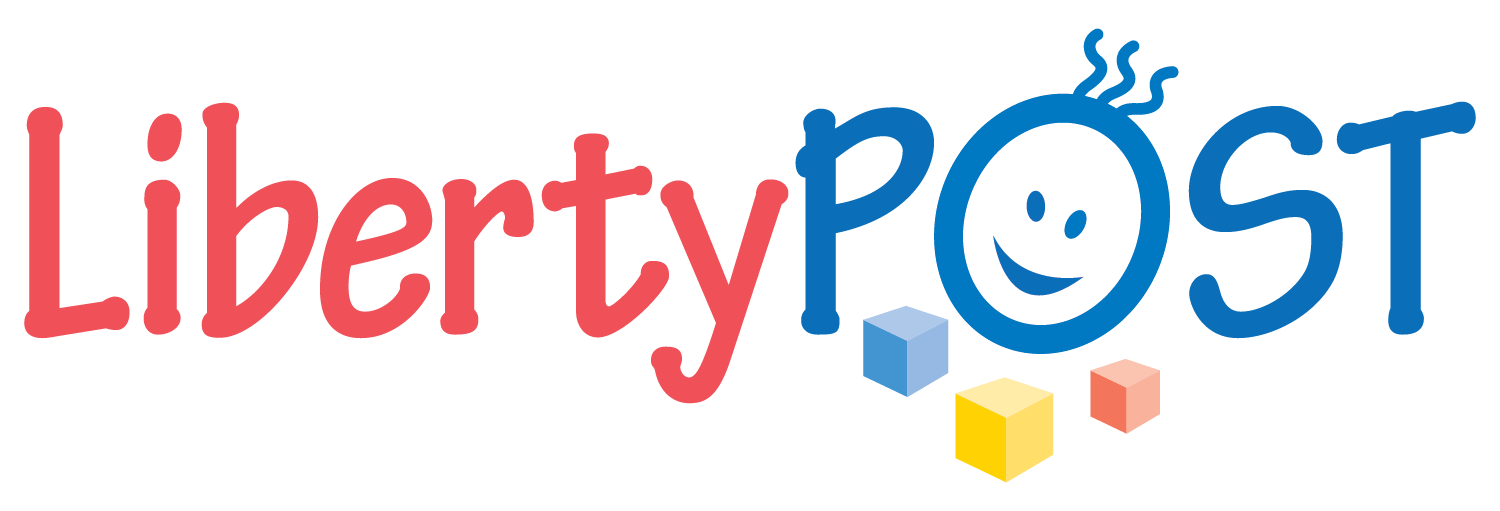Diagnosing Autism Spectrum Disorder (ASD) can be difficult since there is no medical test, like a blood test, to diagnose the disorders. Doctors or other professionals look at the child’s behavior and development to make a diagnosis.
What are the Signs of Autism?
ASD can sometimes be detected at 18 months or younger. By age 2, a diagnosis by an experienced professional can be considered very reliable. However, many children do not receive a final diagnosis until much older. This delay means that children with ASD might not get the early help they need.
One needs to meet specific diagnostic criteria for ASD, but the general requirements, according to the Diagnostic and Statistical Manual–V (DSM-V), are that one must have symptoms that belong to the three main areas of impairments:
- Speech and communication impairment
- Social interaction difficulties
- Repetitive stereotype behaviors (unusual impulsive and ritualistic mannerisms)
It is important to note that a diagnosis of ASD is not based on the described criteria alone. Clinical judgment and expertise, along with other established sources (ICD-10) are also used.
Below are the criteria for diagnosis of Autism Spectrum Disorder as outlined in the DSM-V.
(A) Persistent deficits in social communication and social interaction across multiple contexts, as manifested currently or in history by (examples are illustrative, not exhaustive):
- Deficits in social-emotional reciprocity, ranging, for example, from abnormal social approach and failure of normal back-and-forth conversation to reduced sharing of interests, emotions, or affect, to failure to initiate or respond to social interaction.
- Deficits in nonverbal communicative behaviors used for social interactions, ranging, for example, from poorly integrated verbal and nonverbal communication to abnormalities in eye contact and body language or deficit in understanding the use of gestures to a total lack of facial expressions and nonverbal communication.
- Deficits in developing, maintaining, and understanding relationships, ranging, for example, from difficulties adjusting behaviors to suit various social contexts to difficulties in sharing, imaginative play or making friends, to the absence of interest in peers.
(B) Restricted, repetitive patterns of behavior, interest, or activities, as manifested by at least two of the following, currently or by history (examples are illustrative, not exhaustive):
- Stereotyped or repetitive motor movements, use of objects, or speech (e.g., simple motor stereotypies, lining up toys, flipping objects, echolalia, idiosyncratic phrases)
- Insistence on sameness, inflexible adherence to routines, or ritualistic patterns of verbal or nonverbal behavior (e.g., extreme distress at small changes, difficulties with transitions, rigid thinking patterns, greeting rituals, need for the same route, or eating the same food every day).
- Highly restricted, fixated interests that are abnormal in intensity or focus (e.g., strong attachment to, or preoccupation with unusual objects, excessively circumscribed or preservative interests).
- Hyper- or hypoactivity to sensory input, or unusual interest in sensory aspects of the environment (e.g., apparent indifference to pain/temperature, adverse response to specific sounds or textures, excessive smelling or touching of objects, visual fascination with lights or movements)
(C) Symptoms must be present in the early developmental period (but may not be fully manifested until social demands exceed limited capacities, or be masked by learned strategies in late life).
(D) Symptoms cause clinically significant impairment in social, occupational, or other important areas of current functioning.
(E) These disturbances are not better explained by intellectual disability (intellectual development or disorder) or global developmental delay. Intellectual disability and Autism Spectrum Disorder frequently co-occur; to make a comorbid diagnosis of ASD and intellectual disability social communication should be below that expected for the general developmental level.
Specify if:
- With or without intellectual impairment
- With or without language impairment
- Associated with a known medical or genetic condition
- Associated with other neurodevelopmental, mental, or behavioral disorders with catatonia
There are no subtypes of ASD. The distinction is based on the severity of presentation and the degree of support required by each individual with ASD:
Level 1: Requiring Support
Level 2: Substantial Support
Level 3: Very Substantial Support


